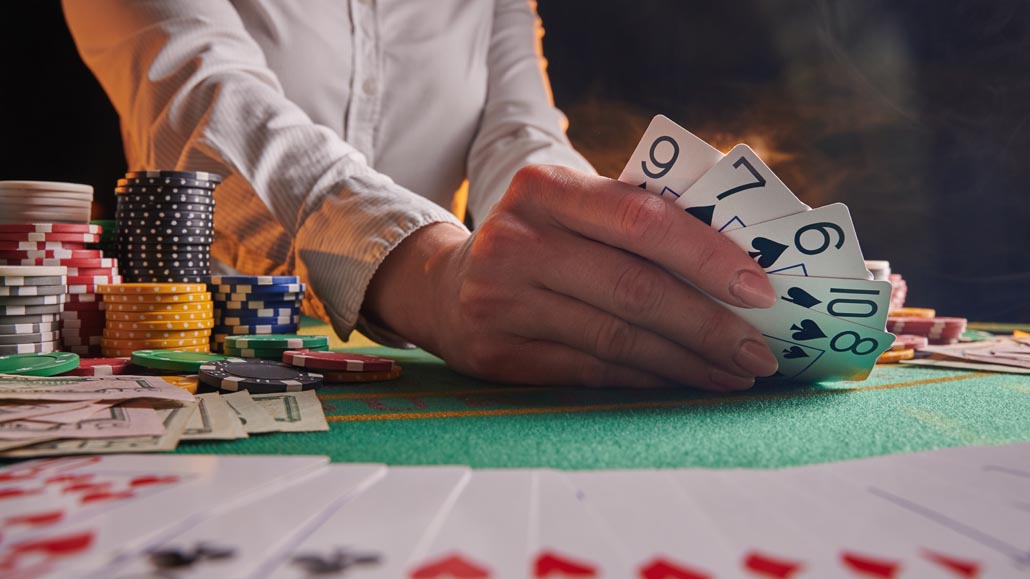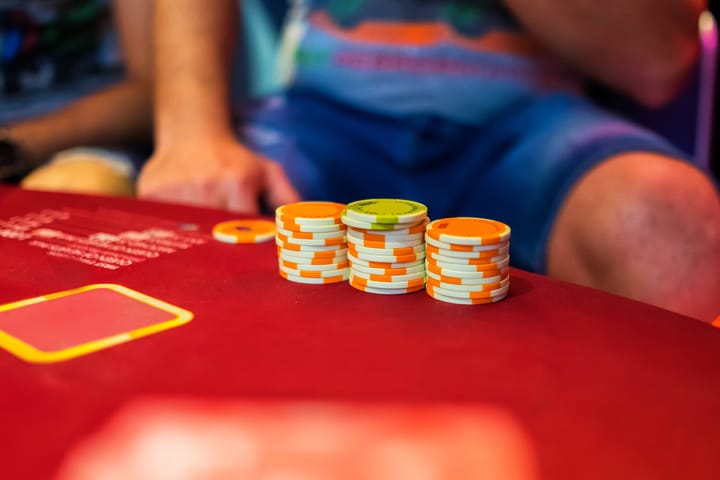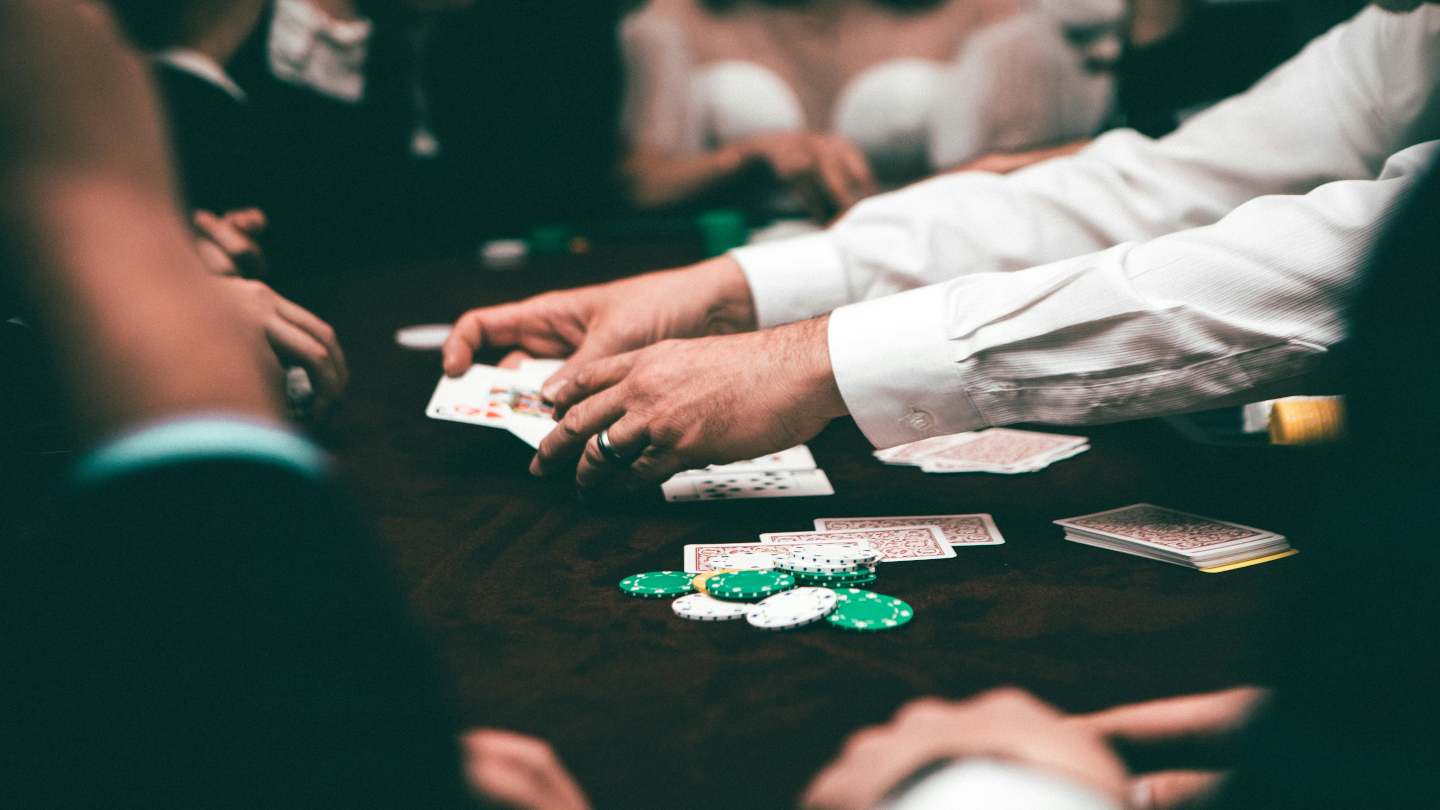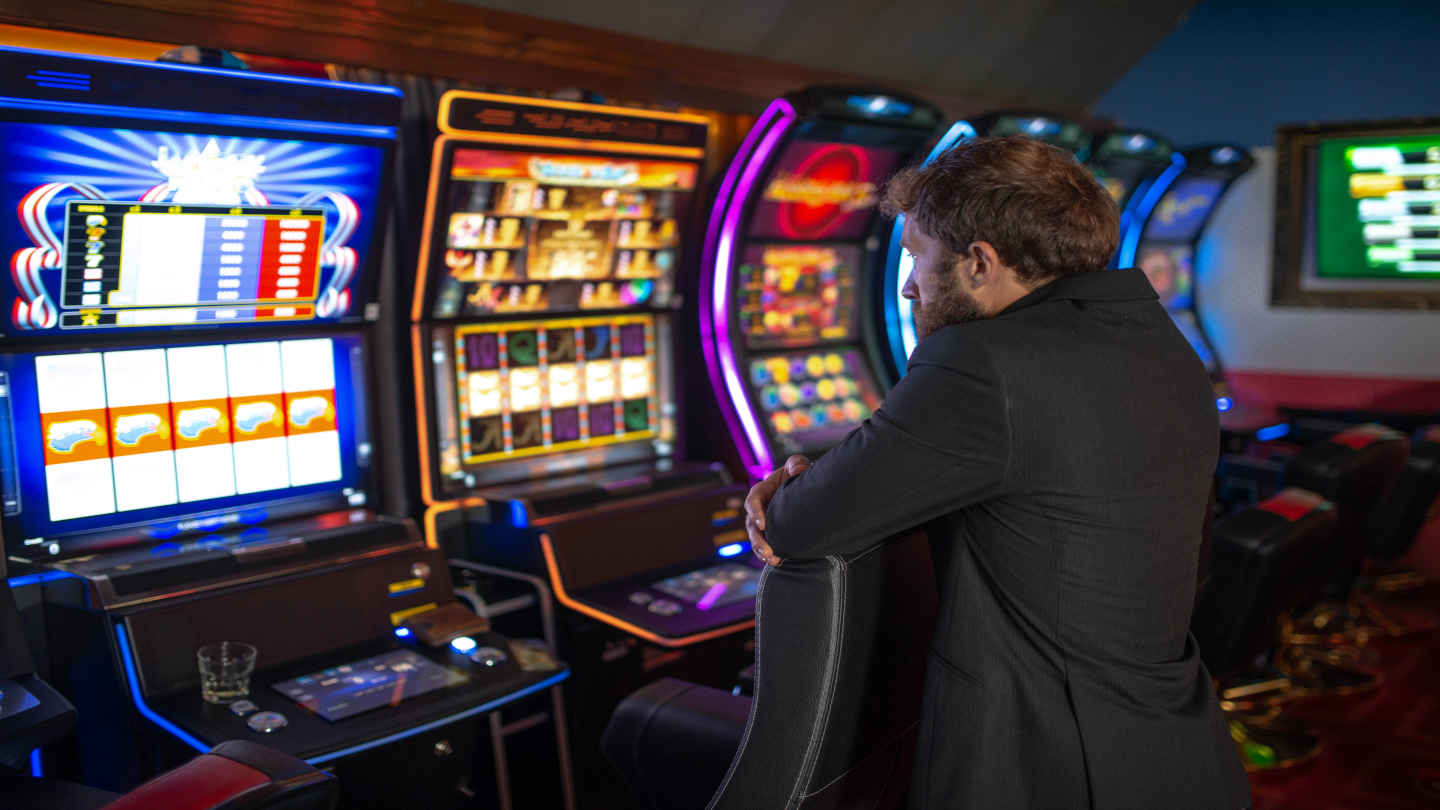Edge Sorting – A Very Thin Grey Line to Walk

8 minutes
Although edge sorting has been present in the casino scene for decades, the wider audience only became aware of it in 2012.
It happened after Phil Ivey, one of the best poker players in the world, won tens of millions in several casinos thanks to this technique.
So, what is edge sorting, how does it work, and is it even legal to do when playing card games in land-based casinos? Here’s everything you need to know about edge sorting cards.
What Is Edge Sorting?
Before we dig deeper into how it works and talk about the games it can be used in, the first question that needs answering is: what is edge sorting?
In simple terms, edge sorting is when you use patterns on the backs of the cards to identify the value of the face-down card.
Edge sorting is possible because most card decks come with certain irregularities, especially on the edges. Typically, the back pattern of one card in a pack won’t be symmetrical to another card when you rotate it 180 degrees.

Is Edge Sorting Cheating?
As you could probably guess from this article’s title, there’s a lot of debate going around this technique’s legality. The answer is not so clear-cut.
Most casinos classify edge sorting cards as downright cheating. Oppositely to this, the vast majority of players think this is a skill-based technique that allows them to gain an advantage over the house.
Casinos don’t appreciate advantage players, and every advantage play that seems suspicious is quickly defined as cheating by the casino.
This is much different from angle shooting in poker. A player successfully applying edge sorting in baccarat can directly hurt the casino. That’s something no venue will stand for.
What makes edge sorting more frowned upon than, for example, counting cards is that it requires outside influence from the player to come to fruition.
When counting cards, you can’t influence the outcome in any way. You’re not affecting how the dealer will handle or shuffle cards.

In edge sorting, you are influencing the dealer to make certain adjustments based on your requests. This brings us to the next important part of this hot topic.
How to Effectively Edge Sort Cards – A Set Of Criteria
Going by the general definition of edge sorting, the technique sounds relatively easy and straightforward.
All you need is good observation skills and solid concentration, right?
While this is true, the scene also has to be set right for you to pull it off. Several criteria have to be cleared for you to edge sort cards effectively. Let’s discuss the most important ones:
- The cards have to be just right. For edge sorting to work, the cards’ backs must have clearly visible asymmetrical patterns and differences you can notice with the naked eye.
- The game has to be right. Edge sorting can only work in a card game where you can view the back of the next card that will influence the outcome before making any decisions. Moreover, the game must have a fixed procedure in which the cards are consistently dealt and picked up. Edges must not get disturbed in the process.
- The dealer must accommodate your requests. No one except you or the dealer can interfere with the cards in the deck or shoe. The shuffling should be done in order. This means no cards should be turned 180 degrees, as this will disturb the pattern. Ideally, the dealer should use an automatic shuffler if you urge him to do so.
- The casino staff mustn’t be aware of the technique. Remember, most casinos have 24/7 surveillance covering every corner of their venue. If they notice you’re edge sorting cards, you’ll get thrown out immediately.
If all of these requirements align in your favor, you’ll find yourself in the proper position to edge sort. Keep in mind that in some casinos, the dealer won’t accommodate some of these requests. Also, you might raise suspicions if you insist too much.
Edge Sorting in Different Card Games
Taking into account all of the requirements we’ve highlighted above and proper techniques for edge sorting, what’s the best way to implement it in a real-life card game scenario? More importantly, can you even edge sort in every card game?
While poker and casino games aren’t rigged, all games played against the house favor the casino and guarantee the house wins in the long run. Can you change this around?
Let’s take a look at edge sorting through the examples of the three most popular casino card games – baccarat, blackjack, and poker.
Edge Sorting in Baccarat
Baccarat is arguably the easiest of the three games when it comes to edge sorting. This is because this popular card game emphasizes a relatively narrow range of high-value cards. More specifically, the most important cards in baccarat are 6, 7, 8, and 9.
A player confident in their edge sorting ability can predict if the first card will be one of these.
They can then simply bet on either their or the banker’s hand. Numbers-wise, edge sorting in baccarat can give you an edge over the house in excess of six percent. This is more than enough to ensure long-term profitability. However, you’ll still need good bankroll management.

Edge Sorting in Blackjack
Comparable to baccarat, in blackjack, you can also use edge sorting to gather helpful information about the dealer’s hole card or the next card they’ll draw from the top of the deck.
Moreover, once the round is finished, you can see the next card that will be dealt in the following round.
The best-case scenario is if a player manages to identify if an ace or a card worth ten points is coming up next. In such a situation, the blackjack player can gain an edge over the dealer that goes up to double-digit percentages.
That said, it’s important to mention that edge sorting in blackjack could quickly go south if the dealer turns the cards when shuffling. If this happens, you’ll lose the whole pattern and have to start again.
Edge Sorting in Poker
With edge sorting being possible in both baccarat and blackjack, one obvious question comes to mind. Can you use edge sorting in poker to gain an advantage over your opponents?
The short answer is no, you can’t. The longer answer is, there’s absolutely no possibility to implement edge sorting in a game like Texas Hold’em for many reasons.
The first and most obvious one is that rotating your cards at the felt table will immediately set off an alarm for the other players around you.
Plus, there’s no distinct benefit from doing so, mainly because poker is inherently different from the two previous games. You’re not playing against the house, but instead, against other players.
This means that, as soon as each player receives their cards, they’ll squeeze them, play with them, and possibly bend them to a certain degree by holding them. Once the cards are mucked, they’re rotated again and shuffled once the game is over.
The end result of all of this leaves you entirely out of the loop, no matter how good you are at edge sorting.
The Phil Ivey Edge Sorting Incident
Lastly, there’s no way of going about this hot topic without addressing the Phil Ivey edge sorting incident. This event was at least as notorious as the Mike Postle cheating scandal. It also inspired many players around the globe to learn more about this technique.
So, what really happened in this matter, and how was it resolved in the end?
Back in 2012, Phil Ivey and his partner Cheung Yin Sun won $9.6 million at a baccarat table in the famous Borgata casino.
Later the same year, Ivey won around $11 million playing punto banco (a baccarat variation) in a casino in London, UK.
Unlike Borgata, the Crockfords Casino in London refunded Ivey his stake but refused to pay him his winnings. Ivey sued the casino but ultimately lost.
Two years later, in 2014, the Borgata casino came around to sue Ivey and Cheung for their $9.6 winnings. After reviewing in-venue video footage, the Borgata staff saw unusual and suspicious behavior.
The duo asked to play with the same deck two nights in a row and requested an automatic shuffler to shuffle the cards. They also insisted the dealer turns certain cards 180 degrees before returning them to the deck. Ivey cited superstition as the reason for these strange requests.

The Phil Ivey edge sorting dispute with Borgata was resolved in 2016. Although the judge ruled that the duo didn’t commit fraud, he did rule in favor of the casino. The judge ruled that Ivey and Cheung must repay $10 million to Borgata casino.
The reasoning for his decision was that they broke the contract with the casino by exploiting tiny imperfections in the cards to gain an edge over the house.
As for the Phil Ivey edges sorting case against Crockfords, the high roller didn’t have much better luck there, either. The final verdict was that the casino didn’t have to pay out any of the winnings.
Summing Up Edge Sorting – Should You Do It?
If we consider all of the above details, it’s clear that edge sorting can be a very effective tool in gaining an advantage over the casino. This especially goes for games such as baccarat and blackjack, in which you can seriously improve your winning odds.
That said, it’s also essential to keep in mind that you most likely won’t get away with it unless you’ve entirely mastered it.
Even card pros like Phil Ivey, who has been playing card games for the best part of his life, get caught in the end.
Although you could argue whether edge sorting is cheating or not, there’s one thing that most card players agree on. This is a technique that looks pretty easy on paper but is very difficult to apply in real life.
For this reason, we advise you to stray away from employing when playing in a live environment. If you decided to try it, you’re running the risk of getting caught, fined, and probably banned by the casino.
- Poker Squeeze Play – Which Hands Make the Most Sense for Squeezing? - August 10, 2023
- How to Play Low Pocket Pairs in Texas Hold’em - July 29, 2023
- How to Make Deep Runs in MTTs More Often - July 22, 2023










